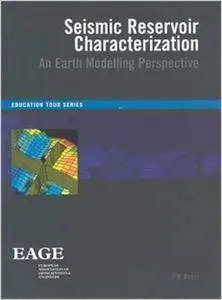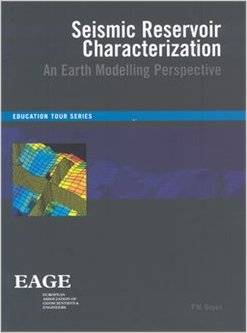Philippe Doyen, An Earth Modelling Perspective, "Seismic Reservoir Characterization: An Earth Modelling Perspective"
English | 2007 | ISBN: 9073781779 | PDF | pages: 256 | 13,4 mb
English | 2007 | ISBN: 9073781779 | PDF | pages: 256 | 13,4 mb
Three-dimensional numerical earth models play an increasingly central role in the E&P industry. They are routinely used to plan new wells, calculate hydrocarbon reserves and, when coupled to a flow simulator, predict production profiles. Due to sparse well coverage, earth models are often poorly constrained away from well locations. A key challenge for reservoir geoscientists is therefore the quan-titative integration of 3-D seismic data to obtain a more accurate representation of reservoir properties between the wells. Using a combination of theory and case study illustrations, the aim of the course is to review current best practices, emerging techniques and challenges for constraining earth models with seismic information.
Geostatistics plays an important role in the construction of earth models. Initially developed in con-nection with the mining industry by Matheron, geostatistical techniques have been widely adopted in the petroleum industry following the pioneering work of Prof. A. Journel at Stanford University and Prof. H. Omre in Norway, among others. Techniques such as kriging and conditional simulation are now well-established to interpolate reservoir properties between wells and create realistic 3-D hetero-geneity models. Commercial implementations of these techniques in geomodelling software packages are widespread, based in part on pioneering public domain software developed in universities (e.g., GSLIB, Deutsch and Journel, 1992). One attractive feature of geostatistics is the availability of pow-erful techniques such as cokriging and co-simulation for constraining 3-D earth models with seismic information. Later in this chapter, we introduce basic geostatistical concepts and present a typical workflow for constructing 3-D earth models by combining seismic and well data.
My Links
No mirrors please!
No mirrors please!



